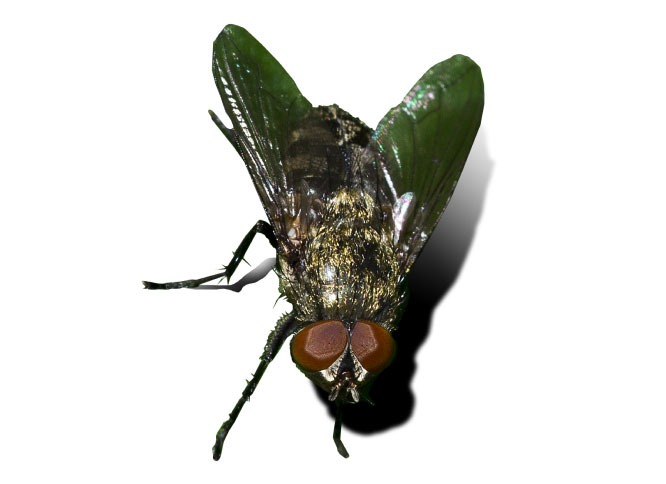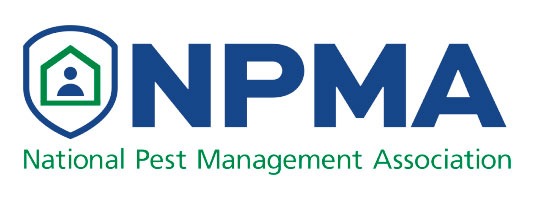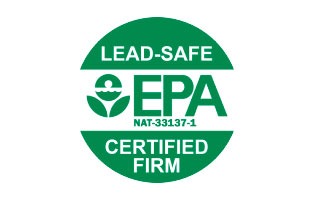
Cluster flies (Pollenia rudis) are household pests found in North America, Europe and Australia. Their name is derived from their behavior of gathering in clusters on or near sources of warmth. They are sometimes called attic flies because when cluster flies enter homes they will head for the highest area, usually the attic.
They are often mistaken for house flies due to their similarity in appearance. The main difference is that cluster flies are darker and slightly larger than house flies, measuring just under one-half an inch in length.
Cluster flies are also slower, moving around at a sluggish pace as opposed to the quick, darting flying patterns of the house fly. When at rest, cluster flies have wings that overlap when at rest. Their abdomens are dark and light gray and they are covered with short, golden hairs.
Cluster flies spend spring through fall outdoors, seeking heated spaces and shelter to hibernate for the winter as it turns cold.
Signs of an Infestation
The most obvious indicator of a cluster fly infestation is seeing them in large quantities in your home. You may see them while they are alive as they gather in areas with sun exposure to keep warm. Sometimes, you will find a large number of lame or dead cluster flies.
Cluster flies also hide behind curtains, furniture, picture frames and in numerous other cracks, crevices and wall voids.
Health and Damage Considerations
Cluster flies are in your home only to seek warm shelter for overwintering. They do not bite, will not seek out food and will not reproduce while hibernating.
They are a nuisance but their habits won’t create any structural damage. Their excrement can leave tiny dotted markings wherever they choose to cluster, leaving behind stains.
Cluster flies can cause problems for restaurants and commercial establishments. While they do not spread bacteria or lay eggs in food, their excrement can contaminate food and food preparation areas.
Behavior
True to their name, cluster flies prefer to gather in large groups. While in metamorphosis, cluster fly larvae are parasites of earthworms. When they emerge as adults, they prefer living low to the ground in warm spaces. They will seek shelter as the cold weather approaches, entering homes through any open spaces around windows and walls to overwinter.
Habitat
In warmer months, cluster flies live close to the ground where they can be near their preferred sources of food: plant sap, fruits and flower nectar. During the winter, they will seek the warmth of an indoor location to hibernate.
Lifecycle
The lifespan of a cluster fly is one to three months. Their metamorphosis from egg to adult cluster fly takes approximately 27-39 days.
In late summer or early fall, female cluster flies will lay eggs in the soil. The eggs hatch within three days and the cluster fly larvae seek out earthworms to begin the process of entering the body cavity of the earthworm. The larvae will use the earthworm as a food source for two to three weeks until it pupates in the soil. It will take 11-14 days for the cluster fly pupae to emerge as a fully mature adult.
Female cluster flies will lay approximately 130 eggs at once, repeating as many as four times each year.
Feeding
Cluster fly larvae feed on earthworms. Adult cluster flies are not attracted to human food. Instead they feed on plant sap and flower nectar.




